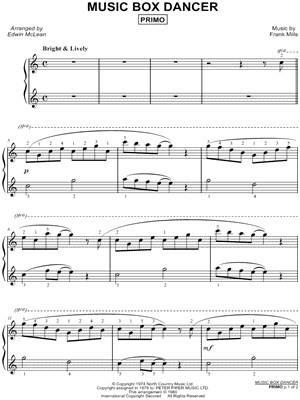
By translating these sonnet fragments into sound, Andrew makes the words jump off the page: they become giggles, heartbreak, confusion. Finally, confounded to decay ends with the piano subtracting notes from the resonance to create a melodic line that emerges from what remains. So far from variation takes the simple idea of opening or closing a gesture and explores it in the interaction of the viola and piano. The third movement, my tongue-tied muse employs the stutter technique-a physically arresting, distorted and deteriorated filter of the underlying melody. In to be so tickled, both instruments evoke the sound of giggling. The first movement, with shifting change, ends with a dramatic scratch stop-a ripping sound as the bow moves towards molto sul ponticello and overpressure at the last moment, abruptly stopping on the string. Each movement or sonetto-“little song” or “little sound”-explores a fragment from a Shakespeare sonnet. One of the engaging aspects of Andrew’s music is his playful and dramatic use of extended techniques juxtaposed with joyful lyricism. Transcription-empathy-as creative practice. In doing so, we deepen our understanding of each other. Transcription enables us to learn from others as well as process our own thoughts. I often think of this process-the monoprint and the silkscreen together-as translating and highlighting certain areas/marks/thoughts.

The blue layer is silkscreen, and is added in response to the black monoprint beneath it. So more ink is added, shifting the image-bits from each print echo into the next. The black layer is made using a monoprint technique-laying ink on plexi and pressing a print, typically only one print comes out from each run. Something about the black on its own felt too stark. Over the past couple weeks, I had been circling around the black and white monoprints, and today I brought in some of the blue and it’s bringing a much-needed subtle brightness that I feel/hear in your work. In personal correspondence, Jasmine wrote about her process in making the print that would eventually become the album artwork: Jasmine’s works repurpose, abstract, and copy, thereby reconsidering or redefining the original object. The album title comes from Caroline Shaw’s solo cello piece, in manus tuas meaning “in your hands.” How does one’s perspective shift in rewriting/transcribing/copying? In a digital age of copy-paste-retweet-regram-sharing, what does it mean to take the time to transcribe by hand?Īs I was finalizing the details of this album, I found Jasmine Parsia’s beautiful prints and asked her to create both the cover artwork and an accompanying set of unique prints for the album. Transcription is not just an act of borrowing, it is also an act of admiration, an act of perspective-taking.


A new album (and liner notes by) Anne Leilehua LanzilottiĪll the works on this album are transcriptions or involve the act of transcribing.


 0 kommentar(er)
0 kommentar(er)
